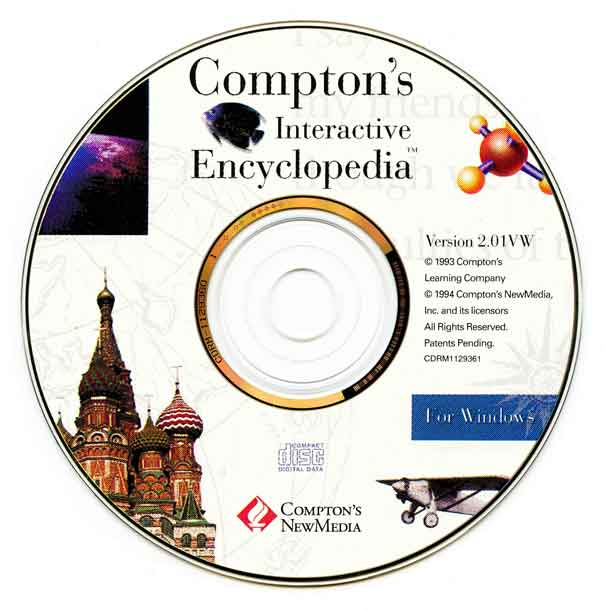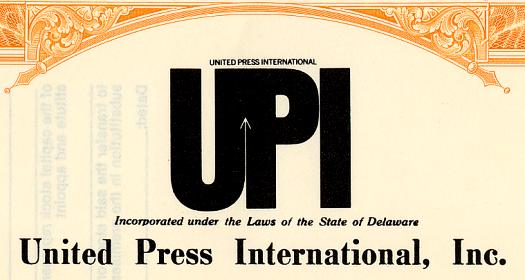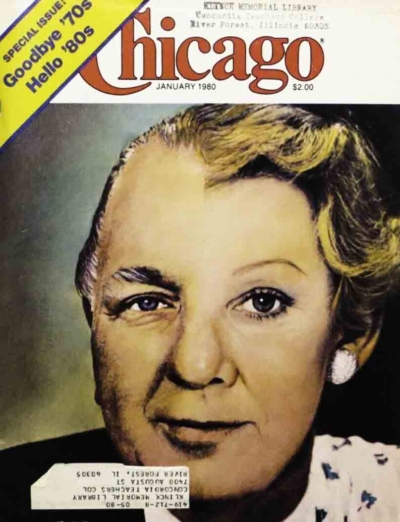Thus, from the beginning, the novel idea of developing an architecture based upon multiple search paths to related information was central to the product. Also fundamental to the design were reciprocal hyperlinks between related data contained in other search paths. With a product that was easy to use and that could easily facilitate different styles of learning, the group felt it was building a blockbuster, both for the network market within schools, as well as for the stand-alone consumer market.
This combination of ESC’s computer networking programing expertise together with Britannica’s skilled encyclopedists was a unique combination for the times. And building an electronic database that went beyond text to include sound, animation, video, and maps could never have been accomplished without the millions of dollars that was invested by Britannica both before and during the development of the Compton’s Multimedia Encyclopedia product. This unusual combination of human resources, coupled with a subset of Britannica’s rich editorial content, turned out to be the requirements for building the software needed to bring a highly complex digital work to life.
If anyone doubted the difficulty of pulling this task off, for a parallel they needed only look at the decades-long and costly failure of Ted Nelson’s Xanadu effort. It had never been able to actually produce a useful product that actually worked.
In fall 1989, Britannica released a network version of Compton’s Multimedia Encyclopedia for schools at a press conference at the New York Academy of Science. The news media was out in force, recognizing the product as potentially noteworthy. Dr. Stanley Frank, who had overseen the development process as EB’s Vice President, Development, demonstrated the Compton’s CD-ROM for a national television audience through a live presentation that reached the nation on ABC’s Good Morning America television show.
The consumer version of Compton’s CD-ROM was published shortly after, in March 1990 at a price of $895. Compton’s Multimedia Encyclopedia, on a single CD-ROM disc, contained an amazing 13 million words, 7,000 images, and numerous movies, animations, and sound clips.
Compton’s Multimedia Encyclopedia made a splash when the media took notice. Said Newsweek of the breakthrough computer interface:
Computers aren’t just smart typewriters and zippy number crunchers anymore. … Yet so far hype has outstripped hopes in the growing collection of multimedia programs. Like dazzling Hollywood flops, most have turned out to be long on technology, but short on substance. Until Compton’s. … Just getting that much information on a disc is impressive enough. Yet the beauty of Compton’s is in the links—everything is woven together so the user can quickly move between related bits of information. Thanks to ingenious design, the program is so simple that, literally, a child can use it. … Hit a difficult word? A click will bring up the definition—and if your PC has sound capability, the machine will even pronounce it for you. Whetted appetites: A staff of 80 writers, editors, designers and programmers worked for two years to bring the product to market.
The effect on people experiencing Compton’s for the first time could be stunning. Former Vice President Walter Mondale, like his political patron saint Hubert Humphrey before him, served on the Encyclopaedia Britannica board of directors.
Shortly after the Compton’s product was released, I escorted Mondale to see the newly developed product with other directors at the Oakbrook Center Mall outside Chicago. He read with interest his own biographical entry reflecting his service as Vice President. After looking with less interest at the text of the entry on Richard Nixon, he got up from the keyboard and turned to leave.
Seeing he had ignored the sound button on the entry, I quickly clicked on the audio icon in the Nixon article. When the computer speakers boomed Nixon’s disembodied voice (“Well, I’m not a crook!”), Mondale turned around, frozen in amazement. He was obviously not prepared for this Nixon redux and was stunned by the product coming to life this way.
Computer hardware manufacturers quickly saw Compton’s could help sell their boxes to consumers. Tandy Corporation immediately struck a deal with Britannica to sell its new multimedia PC for $4,500, with the $895 Compton’s disc thrown in for free. IBM, not wishing to be left behind, quickly gave Britannica a million dollars towards EB’s continued development of the product, making sure it was adapted to IBM’s newly planned multimedia computer entry.









